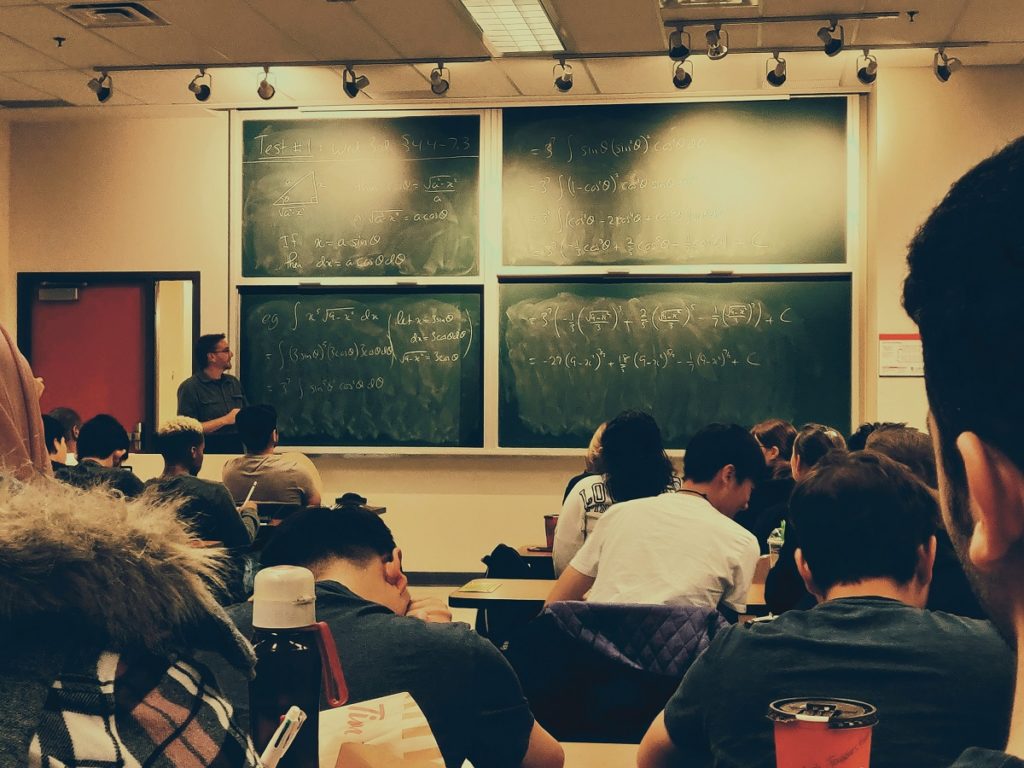Physical environments have been known to affect how people learn and retain information. An inappropriate learning environment may create barriers to efficient learning and reduce the effectiveness of teaching. Here’s how you can create a better classroom environment that helps students make the most out of their time in school.
Add adaptive furniture
Adaptive learning is a method in education that employs specific teaching devices or instruments to meet the specific learning needs of individuals. Research confirms that people have different learning styles and needs.
By incorporating adaptive school furniture and supplies into your classroom environment, you’ll be able to improve the learning outcomes of students by accommodating their individual needs. Things like height-adjustable desks, hi-low chairs, wheelchair accessible workstations, or tables with tilting work surfaces are all great ways to be more inclusive of the various learning needs of your students.
Make use of technology

These days, technology is an unavoidable facet of life. Rather than steering clear of digital devices, you should learn how to incorporate them into your classroom in a way that’s beneficial to learning. If you’re able to, you can equip your classroom with devices like tablets, computers, and television sets to keep your students engaged, motivated, and excited to learn new things. You can also allow students to use their own laptops, iPads, or smartphones and encourage them to download certain educational apps that may be useful for your lessons.
Incorporate bright colors and natural light
Natural light and vibrant colors have been known to increase brain activity and stimulate learning. Good lighting also reduces headaches and vision problems. Colors also have the power to affect the nervous system, cortex, and hormones, which may ultimately affect students’ levels of productivity and alertness. The use of colorful visual aids, vibrant wall and furniture color palettes, and large windows may help positively impact the mood and learning of your students.
Provide opportunities for mobility
It’s difficult for most people to sit still and pay attention to something for more than 30 minutes, and it’s no different for children. Children need opportunities for mobility while learning. You should allow them to move around the classroom by setting up distinct areas where they can perform different activities, perhaps a reading nook or creativity corner. Areas like these allow your classroom to feel inviting and comfortable, as well as give students an opportunity to learn and explore.
Provide enough storage space
A messy, unkempt classroom can be detrimental to your students’ attention span and focus. To maximize your classroom space, you should supply things like store tubs and boxes to be placed underneath tables or out of sight. You can even consider seats or tables that do double duty like bench seats that open up to storage underneath it. By providing more spaces to put away things, you’ll be able to tidy up your classroom in no time and provide a clean space that doesn’t allow for any delays, distractions, and disruptions.
Students spend most of their time at school and in a classroom, so it’s only reasonable that you should help them get the most out of their time there by providing a positive environment that’s conducive to learning.
